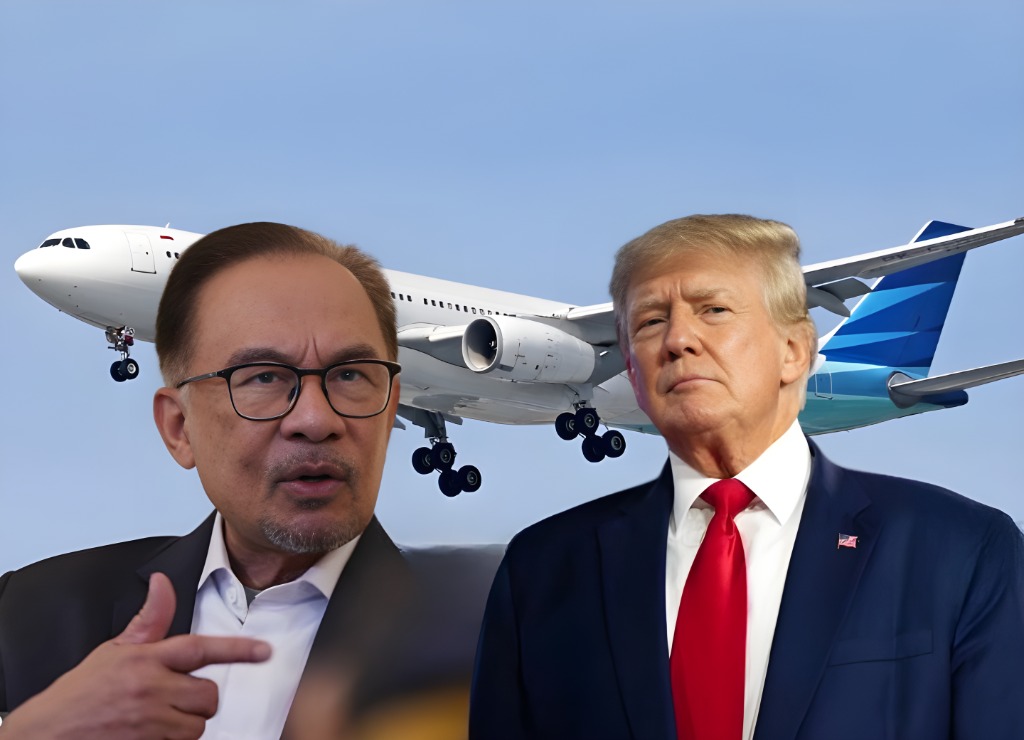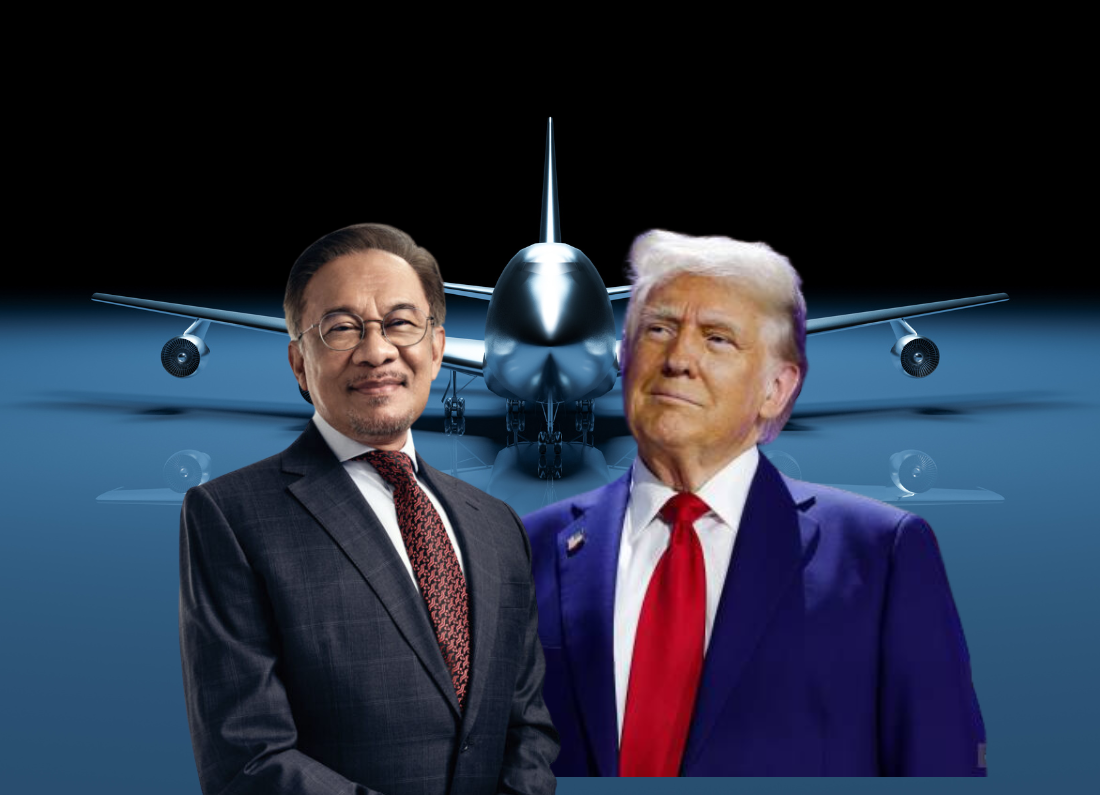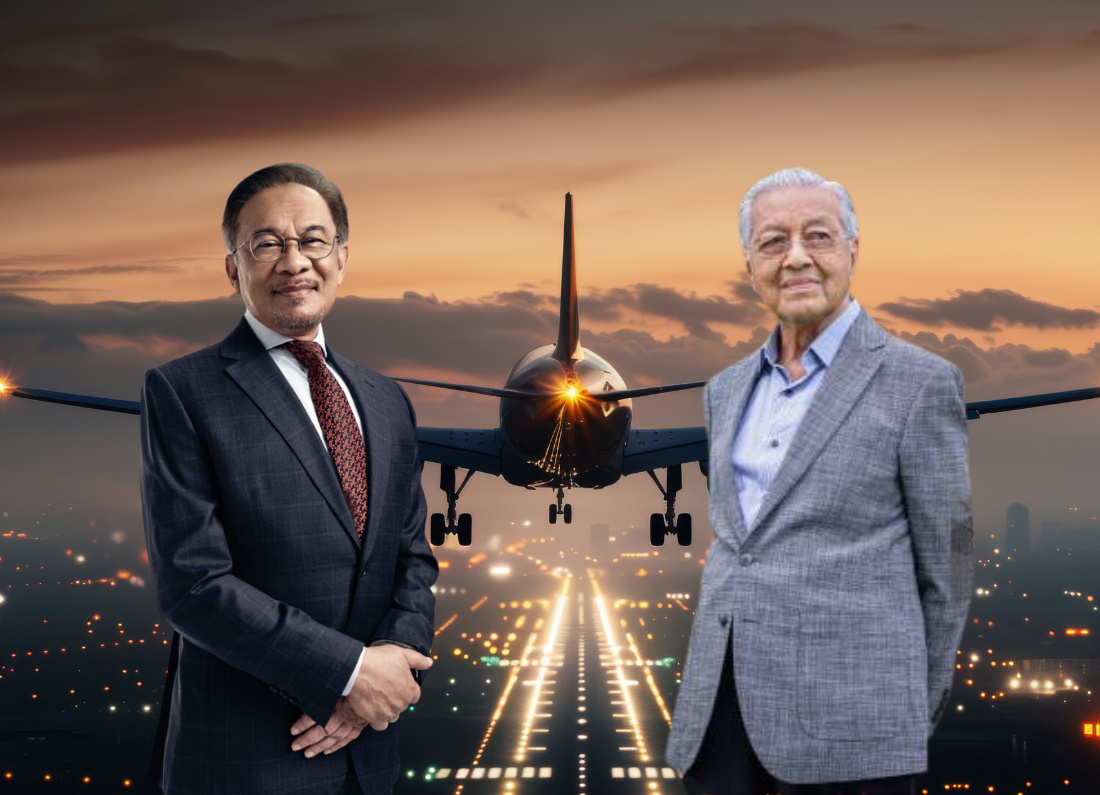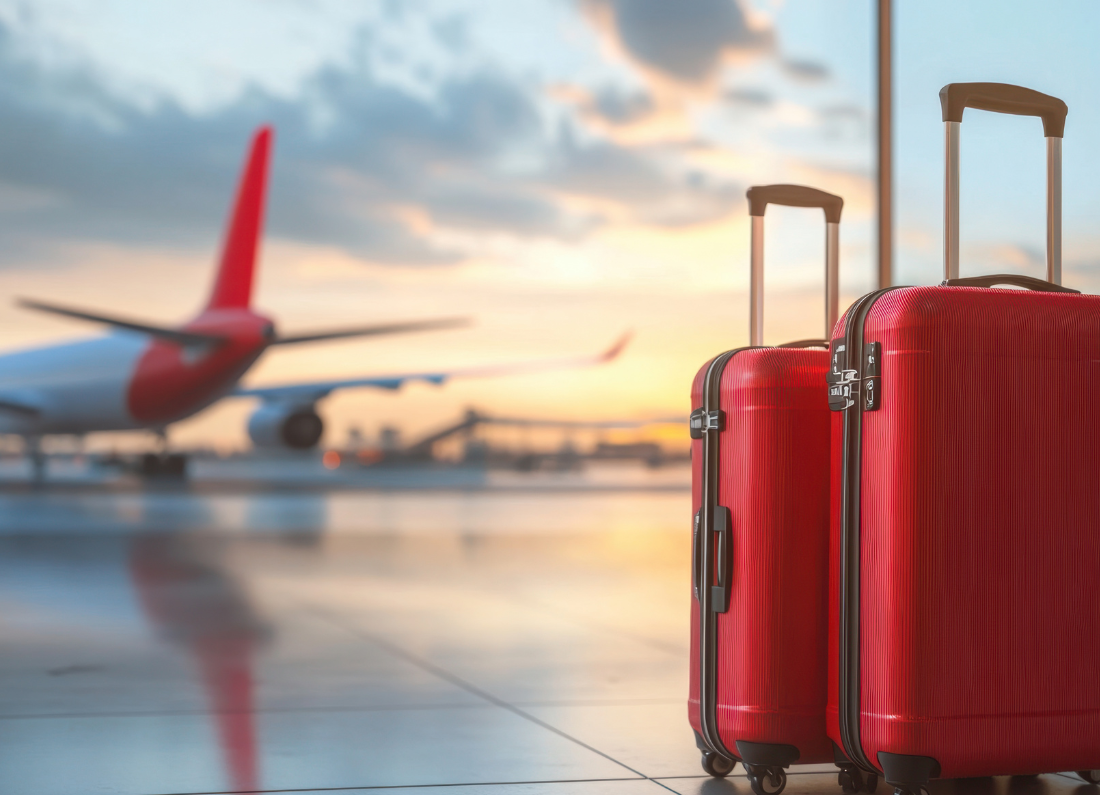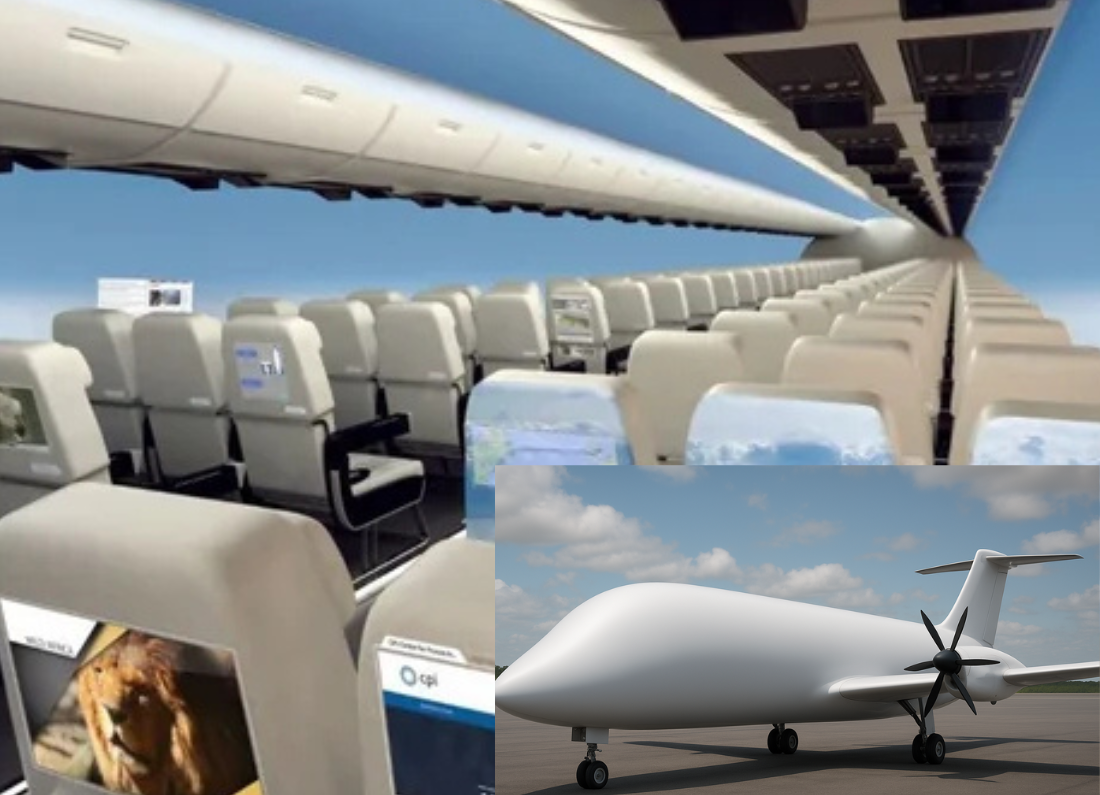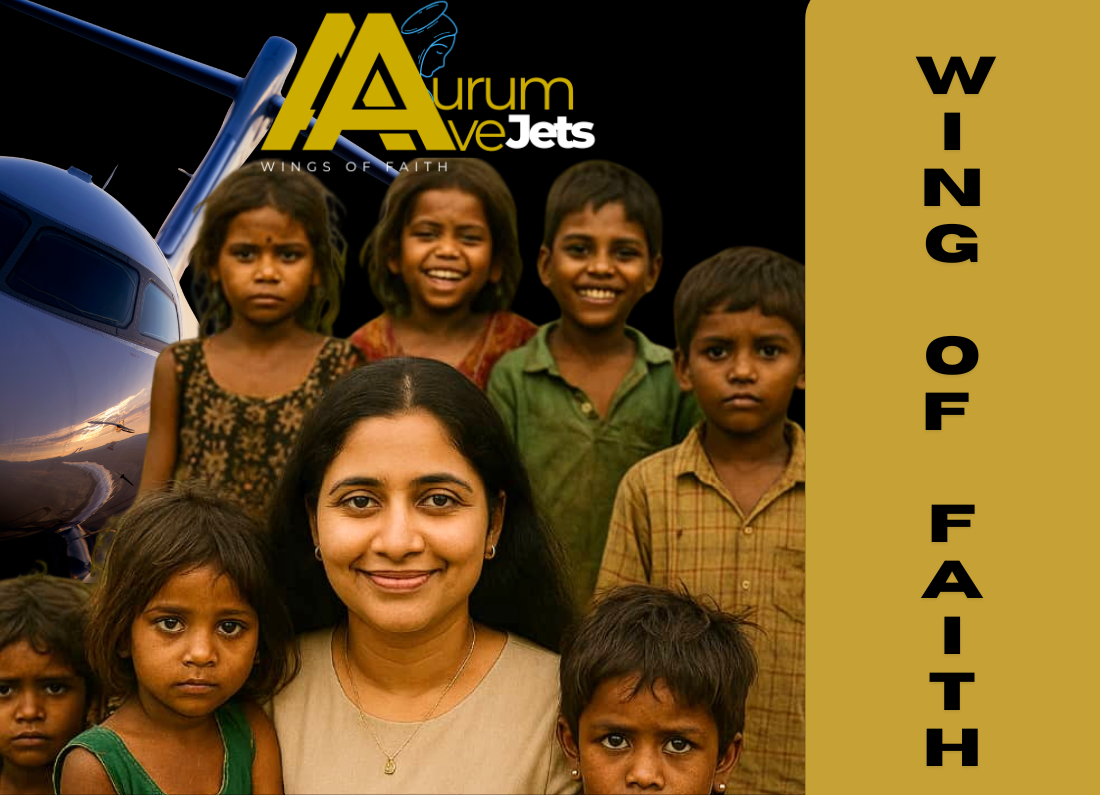The airline industry in 2025 has transitioned from a phase of recovery into one of redefinition. After experiencing years of significant challenges stemming from the COVID-19 pandemic, surging fuel prices, geopolitical instability, and evolving passenger preferences, airlines in Malaysia and the broader ASEAN region are now navigating an environment that has been fundamentally reshaped. This year, these carriers are not merely returning to the skies; they are innovating and redefining their operational models to enhance service delivery, embrace sustainability, and scale their businesses in a competitive landscape.
The Numbers Are Back
In 2025, passenger demand has shown a remarkable resurgence. Data from the International Air Transport Association (IATA) indicate that global Revenue Passenger Kilometers (RPKs) have reached 96% of pre-pandemic levels by the first quarter, with the Asia-Pacific region leading the recovery, posting a year-on-year growth rate of 12.4%. In Malaysia, both Malaysia Airlines and AirAsia have reported strong load factors exceeding 85% in the second quarter, reflecting their successful expansion across regional routes. Firefly, operating from Subang Skypark, is also capturing a growing share of the domestic market, indicating healthy competition and consumer choice. However, behind these promising statistics lies the reality that profit margins remain under considerable pressure. Faced with volatile fuel prices, fluctuating currencies, and intense competition, profitability is uncertain. To navigate these complexities, airlines are prioritizing cost optimization, pursuing digital transformation initiatives, and enhancing fleet efficiency to ensure financial sustainability.
The Low-Cost Evolution: AirAsia and Beyond
AirAsia, recognized as Southeast Asia’s largest low-cost carrier (LCC), is actively advancing its strategic transformation in 2025. Following the consolidation of its operations under the parent company Capital A, the group is intensifying its focus on several key areas.
Digital Transformation
The introduction of digital platforms, including AirAsia MOVE for travel bookings and loyalty programs, aims to enhance customer engagement and streamline operations.
– Route Expansion
The airline is expanding its share of the market by increasing routes to secondary cities within ASEAN, tapping into underserved markets that offer growth potential.
– Premium Offerings
AirAsia is diversifying its offerings to include premium add-ons targeted at business and long-haul travelers, underlining a shift in market positioning. “We’re no longer just an airline,” stated Tony Fernandes during a recent shareholder briefing. “We’re an ecosystem—with aviation at its core.” This vision reflects AirAsia’s intention to create a comprehensive travel experience for its customers. Additionally, the airline is trialing electric ground support vehicles and is actively seeking partnerships with startups focusing on eVTOL (electric vertical takeoff and landing) technology to prepare for future short-range urban mobility solutions.
Malaysia Airlines: A Premium Comeback?
Malaysia Airlines Berhad (MAB) is on a mission for “disciplined growth” in 2025, emphasizing service excellence, enhancing network depth, and committing to sustainability. Significant developments on the horizon include:
– Fleet Modernization
New deliveries of the A330neo fleet are set to begin in the third quarter, signaling a commitment to modern, efficient aircraft.
– Enhanced Passenger Experience
The introduction of revamped cabin classes prioritizing comfort for business travelers is expected to attract high-value customers.
– Strategic Alliances
The airline is strengthening its cooperation with the Oneworld alliance and code-share partners to increase connectivity and enhance service offerings.
– Sustainability Initiatives
Malaysia Airlines aims to achieve net-zero emissions by 2050, with sustainable aviation fuel (SAF) pilot programs already underway at Kuala Lumpur International Airport (KLIA) to test and implement greener alternatives. CEO Captain Izham Ismail emphasized at the Langkawi International Maritime and Aerospace (LIMA) exhibition, “Malaysia Airlines is positioning itself not just as a flag carrier, but as a smart, sustainable connector between Asia and the world.” This statement illustrates the airline’s aspirations to redefine its role in the aviation ecosystem.
Regional Competitors: Friends or Foes
The Southeast Asian airline landscape is increasingly competitive in 2025. Singapore Airlines continues to assert its dominance on premium international routes, achieving record-breaking profit margins bolstered by robust digital strategies. In parallel, Batik Air (Malaysia) and Thai VietJet are rapidly expanding their footprints in the region, introducing new routes to cater to an increasing number of travelers. Cambodia Airways and VietJet are capitalizing on the opportunity to penetrate tier-2 cities with attractive fares and newly acquired aircraft, intensifying the competition for market share. The ASEAN open skies policy has facilitated cross-border expansion among airlines but has also led to heightened competition. As a result, airlines must distinguish themselves through brand trust, on-time performance, and personalized passenger experiences, an essential factors for retaining customer loyalty in a crowded marketplace.
Green Flight Takes Off—Slowly
Sustainability remains a complex yet essential priority for 2025 and beyond. Although many airlines, including those in Malaysia, have laid out ambitious Environmental, Social, and Governance (ESG) roadmaps, actual implementation is progressing slowly. Challenges include: –
High Costs of Sustainable Aviation Fuel (SAF)
The current cost barriers to SAF hinder widespread adoption and utilization.
Infrastructure Limitations: Many secondary airports lack the necessary infrastructure to support sustainable operations.
Inconsistent Government Incentives:
The varying levels of government support across regions create disparities in the pace of adopting greener practices. Despite these challenges, progress is being made. KLIA and Singapore’s Changi Airport are collaborating on achieving green runway certification, while new partnerships in the region aim to invest in local SAF production by 2027, signaling a commitment to enhancing sustainability in aviation.
Innovation & Talent:
The New Battleground** A significant shift occurring in 2025 is the escalating competition for aviation talent. As global airlines ramp up their hiring efforts, Malaysian carriers find themselves competing for: –
Certified Pilots
There is heightened demand for pilots, particularly those who are Type-Rated for A320/B737 aircraft. –
Innovative Professionals
Digital engineers, data analysts, and airport operations personnel with expertise in automation are increasingly sought after.
Strategic Talent Acquisition
Airlines are not only hiring traditional roles but are also expanding to include tech-savvy employees capable of supporting their digital transformation efforts. Simultaneously, airlines are investing in AI-powered tools for revenue management, predictive maintenance, and customer service automation. “Smart airlines are now tech companies with wings,” remarked a senior analyst at Frost & Sullivan. “They’re hiring differently, thinking differently, and growing differently.” This shift underscores the crucial adaptation necessary to thrive in the evolving aviation landscape.
Outlook: Strategic, Selective, and Sustainable
The airline business in 2025 is shifting focus from sheer volume to value. Carriers that have managed to weather the challenges of the past five years have learned the importance of agility, strategic alliances, and an enhanced customer experience. With Malaysia’s geographical advantages, a robust maintenance, repair, and overhaul (MRO) ecosystem, and ambitious flying academies, the country stands poised to lead ASEAN’s aviation growth narrative provided that its airlines maintain focus, efficiency, and boldness in their strategic initiatives. As we transition into 2026, the airlines that adapt quickest to changing market dynamics and consumer expectations will likely emerge as frontrunners in the aviation sector, shaping the future of air travel in the region.
📎 Quick Facts: Malaysia’s Airline Industry 2025
| Carrier | Fleet Size | Key 2025 Focus |
|---|---|---|
| Malaysia Airlines | 70+ | A330neo upgrades, premium travel |
| AirAsia | 200+ | Regional expansion, digital ecosystem |
| Firefly | 12+ | Domestic routes, jet reintroduction |
| Batik Air Malaysia | 15+ | International growth, service upgrade |



